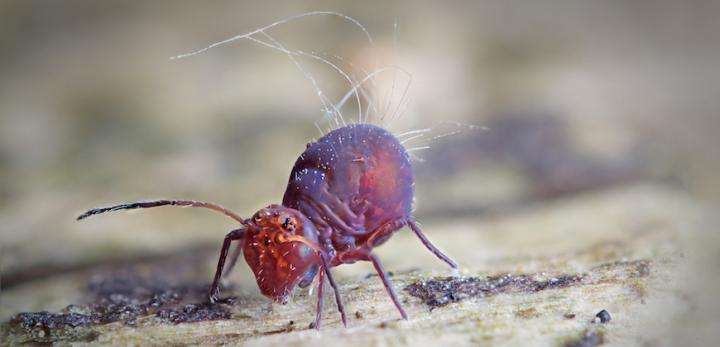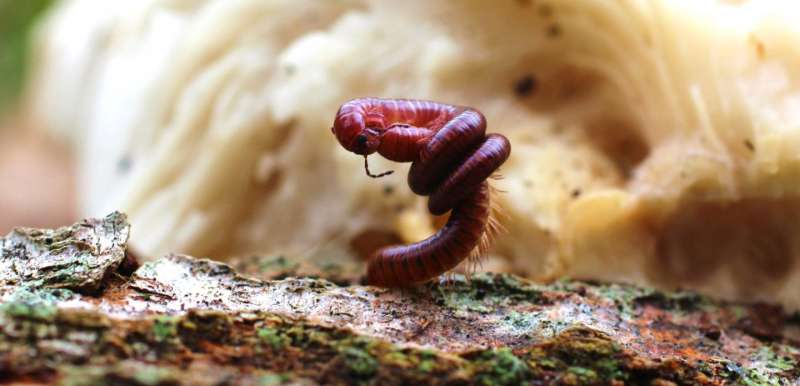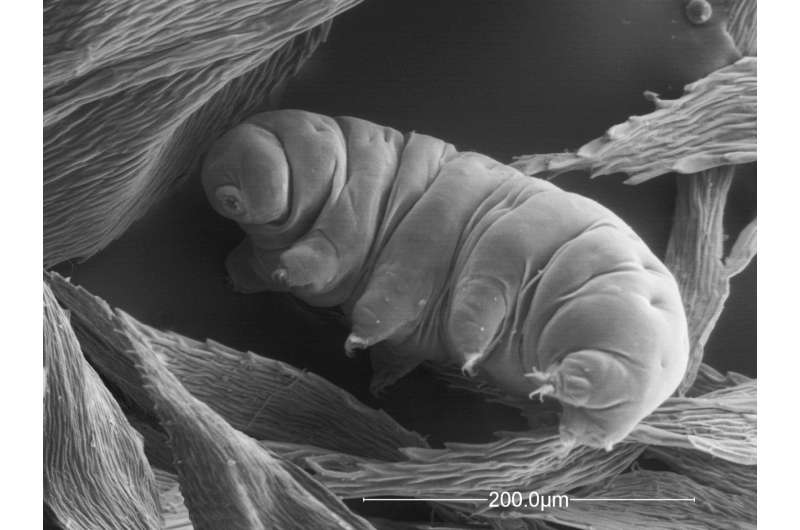Nematodes and tardigrades, and dung beetles, oh my!

A new Global Soil Biodiversity Atlas, which has its roots at Colorado State University will be officially unveiled May 25, 2016 in Nairobi, Kenya, at a symposium at the United Nations Environment Assembly.
Did you know that there are approximately 30,000 earthworm species in the soil around the world, yet only one-quarter have been identified and described by scientists? There are also as many as 5 million fungal species; researchers have only categorized 6 percent of them, at most. More than 1 million types of bacteria are in soil, yet less than 2 percent have been described in detail.
These facts and more are outlined—with spectacular photos of the soil-focused creatures and numerous maps—in the new atlas. More than 120 experts from 29 countries contributed photos and content.
Colorado State University's Diana Wall, University Distinguished Professor and director of the School of Global Environmental Sustainability, is among those who spearheaded the project through her role as scientific chair of the Global Soil Biodiversity Initiative. She will discuss how soil biodiversity contributes to sustainability during a panel discussion in Nairobi.
Wall said the atlas is a truly unique work. "For the first time, this atlas compiles our current global knowledge of the diversity below our feet from many, many disciplines about an under-appreciated natural resource—soil and its biodiversity," she said.

What does she hope readers will gain from the new guide? "An understanding of our dependence on the amazing life beneath our feet," said Wall, who has been an advocate of soil animals for much of her career.
Elizabeth Bach, executive director of the GSBI and a soil microbial ecologist based at CSU, said the atlas will serve as a reference for scientists, policymakers, the general public and even researchers like herself. "The amount of biodiversity in soil is vast," she explained. "Even people whose expertise is in soil ecology can't know everything." They'll now have nearly 200 pages to thumb through and explore.
The atlas can also help researchers identify gaps and better focus research efforts. "If globally and nationally we're going to tackle the major challenges we face in the next century, soils are going to be part of the solution," Bach noted.

Starting May 23, the atlas will be available to download at no cost at the EU Bookshop or the Joint Research Centre European Soil Data Centre. It is also available for purchase for 25 Euros, or approximately $28.
The atlas will also be featured at launch events scheduled around the world through the end of the year, including at the Soil Science of America's annual meeting in Phoenix, Arizona, in November.
Provided by Colorado State University




















